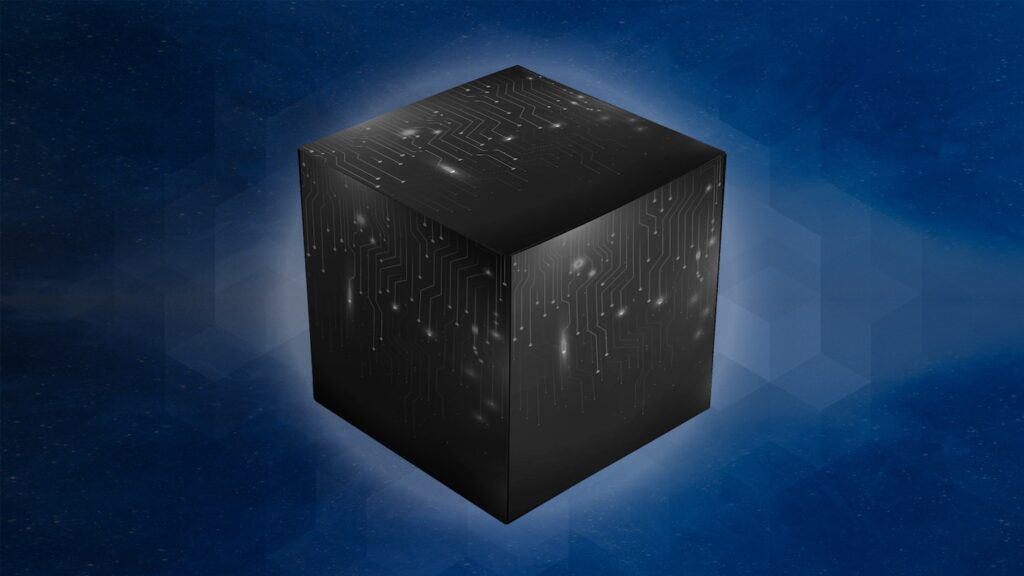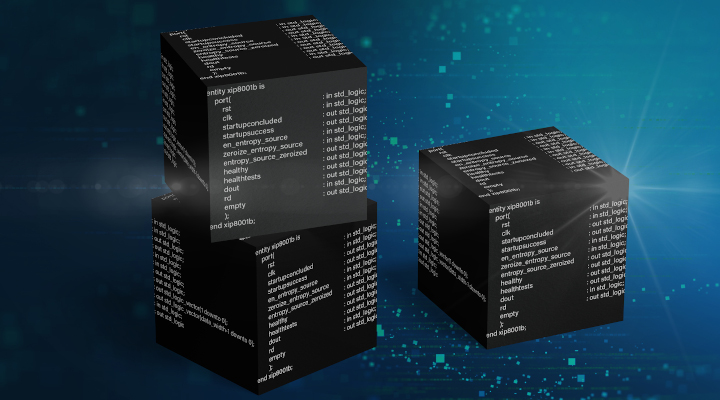Hardware-based security for high-quality protection.
Products and solutions
We at Xiphera specialise in designing and implementing proven security for embedded systems using our cryptographic IP (Intellectual Property) cores. Our fully in-house developed IP cores – including both highly customisable solutions as well as core cryptographic primitives – are targeted for Field Programmable Gate Arrays (FPGAs) and Application Specific Integrated Circuits (ASICs).
Our approach to exclusively employing logic-only implementations for cryptographic IP cores offers multiple advantages:
- Enhanced performance
- Cost-effective project development
- Swift time-to-market
- Top-tier security level
Our strong cryptographic expertise and extensive experience in digital system design enable us to help our customers to fully focus on their core operations while protecting their most valuable assets with Xiphera’s proven cryptographic security products and solutions.
Our portfolio covers various industry-approved and standardised cryptographic algorithms: all applicable IP cores in our portfolio have received the CAVP validation from NIST.
Prefer the technical overview?
Open our Product Catalogue to find all relevant information of each IP core, with links to product family and product pages, FPGA- and ASIC-specific product briefs, as well as dedicated CAVP validation batches.
Quantum attack protection with post-quantum cryptography.
Highly optimised and customisable solutions, providing hardware-level trust for critical applications.
Securing point-to-point communication links and server-client connection over the Internet with security protocols.
Unique portfolio design to protect user data while upholding extreme-speed performance.
Standard-compliant True and Pseudo randomness with random number generation.
Uncompromised data encryption provided by the comprehensive symmetric encryption portfolio.
Solutions for key exchange, digital signatures, and public-key encryption.
Extensive portfolio of cryptographic hash functions complying with industry-wide standards.
Partner solution from Xiphera and MLE for a secure connection between devices across LAN and WAN.
Explaining our product variants
Xiphera’s product families consist of secure and efficient cryptographic IP cores. The IP cores have different requirements based on the application specific needs and use case prerequisites. We offer four types of variants for our cryptographic IP cores, which can be selected based on your company’s individual and tailored needs.
C, Compact
Optimised for low digital logic usage, requiring a minimum amount of FPGA resources (LUTs, DSPs, memories) or viable physical area of ASICs.
B, Balanced
Optimal balance between the logic usage area and performance. Optimised for the minimum resource area for achieving a given throughput requirement.
H, High-speed
Designed for high-performance solutions, where the end application can achieve its required high throughput with maximal security.
E, Extreme-speed
Protecting user data while upholding extreme-speed performance with performance levels exceeding hundreds of Gbps.









